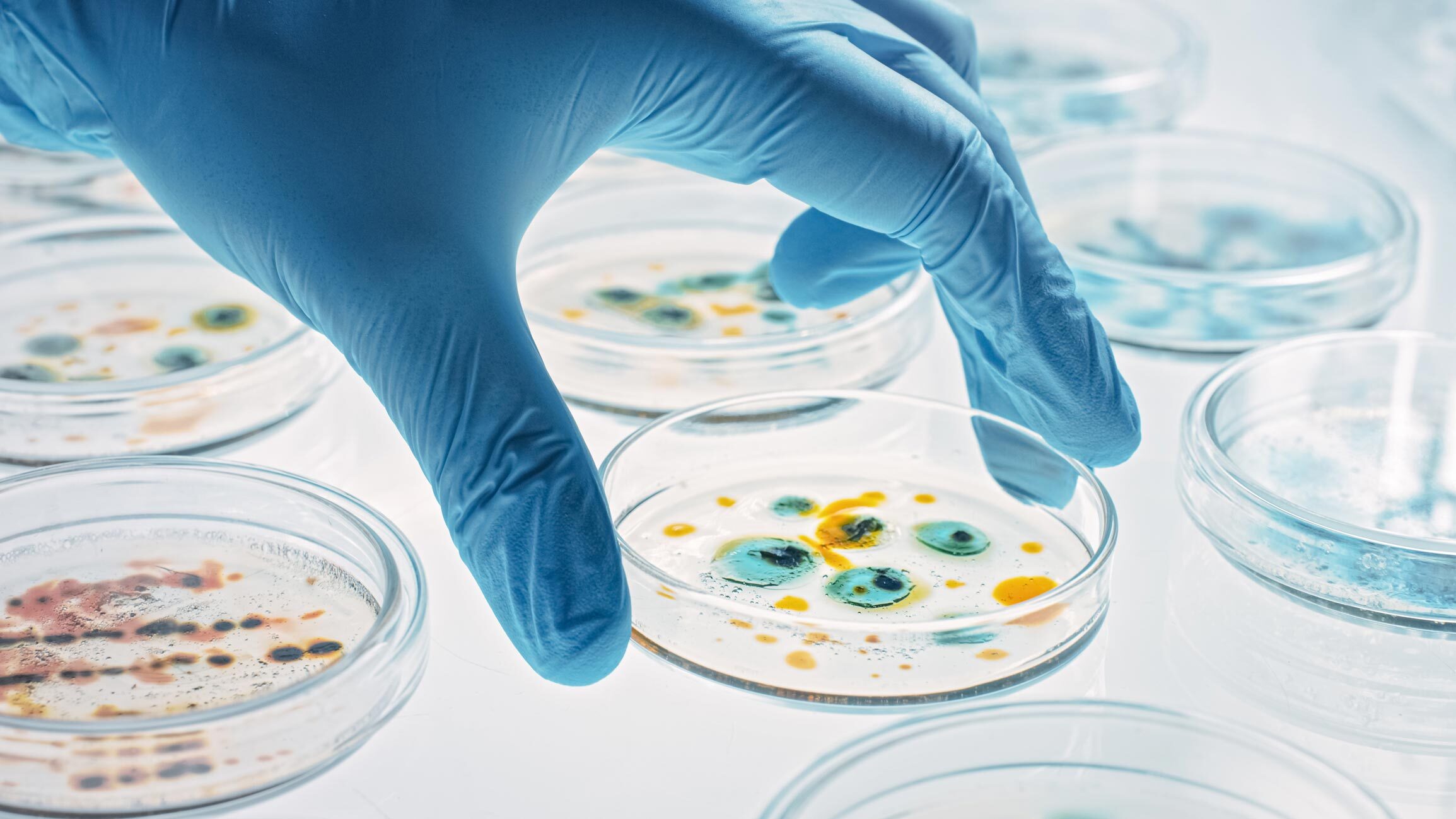
Lung histopathologic clusters in severe COVID-19: a link between clinical picture and tissue damage
DESCRIPTION
Background
Autoptic pulmonary findings have been described in severe COVID-19 patients, but evidence regarding the correlation between clinical picture and lung histopathologic patterns is still weak.
Methods
This was a retrospective cohort observational study conducted at the referral center for infectious diseases in northern Italy. Full lung autoptic findings and clinical data of patients who died from COVID-19 were analyzed.
Lung histopathologic patterns were scored according to the extent of tissue damage. To consider coexisting histopathologic patterns, hierarchical clustering of histopathologic findings was applied.
Results
Whole pulmonary examination was available in 75 out of 92 full autopsies. Forty-eight hospitalized patients (64%), 44 from ICU and four from the medical ward, had complete clinical data.
The histopathologic patterns had a time-dependent distribution with considerable overlap among patterns. Duration of positive-pressure ventilation (p < 0.0001), mean positive end-expiratory pressure (PEEP) (p = 0.007), worst serum albumin (p = 0.017), interleukin 6 (p = 0.047), and kidney SOFA (p = 0.001) differed among histopathologic clusters.
The amount of PEEP for long-lasting ventilatory treatment was associated with the cluster showing the largest areas of early and late proliferative diffuse alveolar damage.
No pharmacologic interventions or comorbidities affected the lung histopathology.
Conclusions
Our study draws a comprehensive link between the clinical and pulmonary histopathologic findings in a large cohort of COVID-19 patients.
These results highlight that the positive end-expiratory pressures and the duration of the ventilatory treatment correlate with lung histopathologic patterns, providing new clues to the knowledge of the pathophysiology of severe SARS-CoV-2 pneumonia.